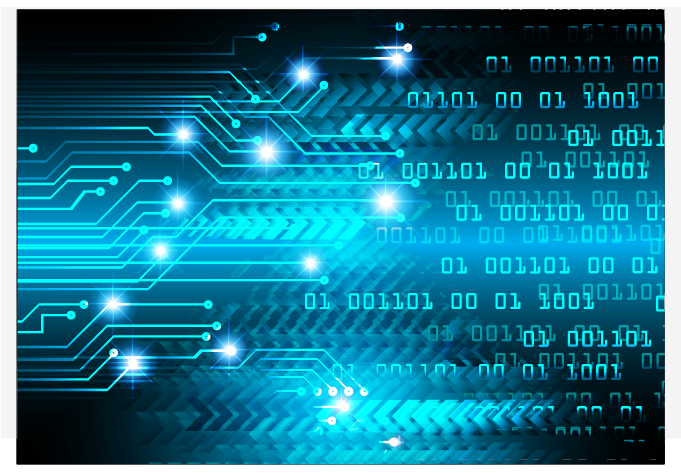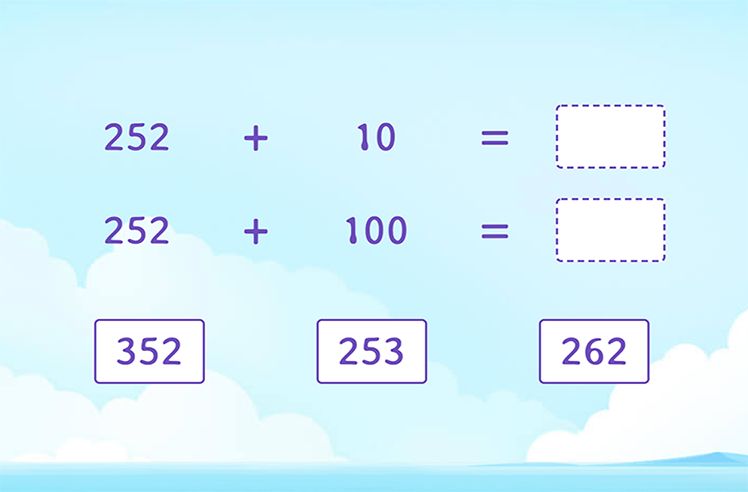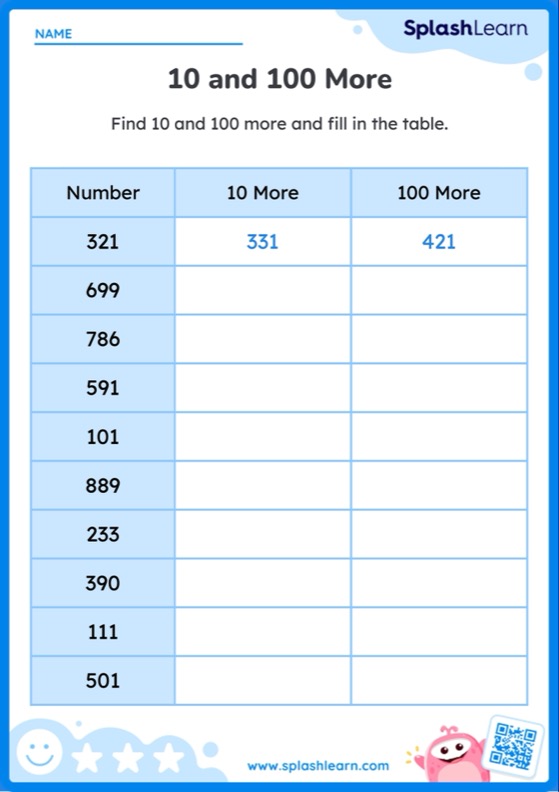Number System
Decimal Number System:
The decimal number system consists of 10 digits 0, 1, 2, 3, 4, 5, 6, 7, 8, and 9 and is the most commonly used number system. We use the combination of these 10 digits to form all other numbers. The value of a digit in a number depends upon its position in the number. The place value table for the decimal number system is as:

Each place to the left is ten times greater than the place to its right, that is, as we move from the right to the left, the place value increases ten times with each place.

- A decimal number system is also called the Base 10 system.
- A number 49,365 is read as Forty-nine thousand three hundred sixty-five, where the value of 4 is forty thousand, 9 is nine thousand, 3 is three hundred, 6 is sixty and 5 is five.
Binary Number System
In the binary number system, we only use two digits 0 and 1. It means a 2 number system.
Example of binary numbers: 1011; 101010; 1101101

Each digit in a binary number is called a bit. So, a binary number 101 has 3 bits. 499787080
Computers and other digital devices use the binary system. The binary number system uses Base 2.
Hexadecimal Number System
The word hexadecimal comes from Hexa meaning 6, and decimal meaning 10. So, in a hexadecimal number system, there are 16 digits. It consists of digits 0 to 9 and then has first 5 letters of the alphabet as:
| Decimal | 0 | 1 | 2 | 3 | 4 | 5 | 6 | 7 | 8 | 9 | ||||||
| Hexadecimal | 0 | 1 | 2 | 3 | 4 | 5 | 6 | 7 | 8 | 9 | A | B | C | D | E | F |
| Binary | 0 | 1 |
The table below shows numbers 1 to 20 using decimal, binary and hexadecimal numbers.
| Decimal | Binary | Hexadecimal |
|---|---|---|
| 0 | 0 | 0 |
| 1 | 1 | 1 |
| 2 | 10 | 2 |
| 3 | 11 | 3 |
| 4 | 100 | 4 |
| 5 | 101 | 5 |
| 6 | 110 | 6 |
| 7 | 111 | 7 |
| 8 | 1000 | 8 |
| 9 | 1001 | 9 |
| 10 | 1010 | A |
| 11 | 1011 | B |
| 12 | 1100 | C |
| 13 | 1101 | D |
| 14 | 1110 | E |
| 15 | 1111 | F |
| 16 | 10000 | 10 |
| 17 | 10001 | 11 |
| 18 | 10010 | 12 |
| 19 | 10011 | 13 |
| 20 | 10100 | 14 |
Recommended Games
Fun Facts
- The decimal number system is also called the Hindu–Arabic numeral system
- Anthropologists hypothesize that the decimal system was the most commonly used number system, due to humans having five fingers on each hand, and ten in both.
Recommended Worksheets
Practice Problems on Number System
Number Systems
Which number from the decimal number system does the letter A represent in the Hexadecimal Number system?
The Hexadecimal number system uses digits from 0 to 9 as it is.
The system uses letters of the alphabet to denote the number 10 as A, 11 as B, 12 as C, 13 as D, 14 as E, and 15 as F.
Which of the following is NOT used to represent numbers in the hexadecimal number system?
The Hexadecimal number system uses digits from 0 to 9 as it is.
The system uses letters of the alphabet to denote the number 10 as A, 11 as B, 12 as C, 13 as D, 14 as E, and 15 as F.
How many unique digits does the decimal number system use to represent all the numbers?
The decimal number system uses digits from 0 to 9 to form other numbers.
The Binary system uses which two numbers from the Decimal Number system?
The binary number system, also known as the language of computers uses the numbers 0 and 1 to form other numbers.
Frequently Asked Questions on Number System
What is the most commonly used number system?
The most commonly used number system is the decimal positional numeral system.
What number systems do computers use?
Computers use decimal, binary, octal, and hexadecimal number systems.
Which number system uses letters?
The hexadecimal number system uses 6 letters (A, B, C, D, E, and F) in addition to 10 digits from 0 to 9.
What is the base of the hexadecimal number system?
The base of the hexadecimal number system is 16.




































